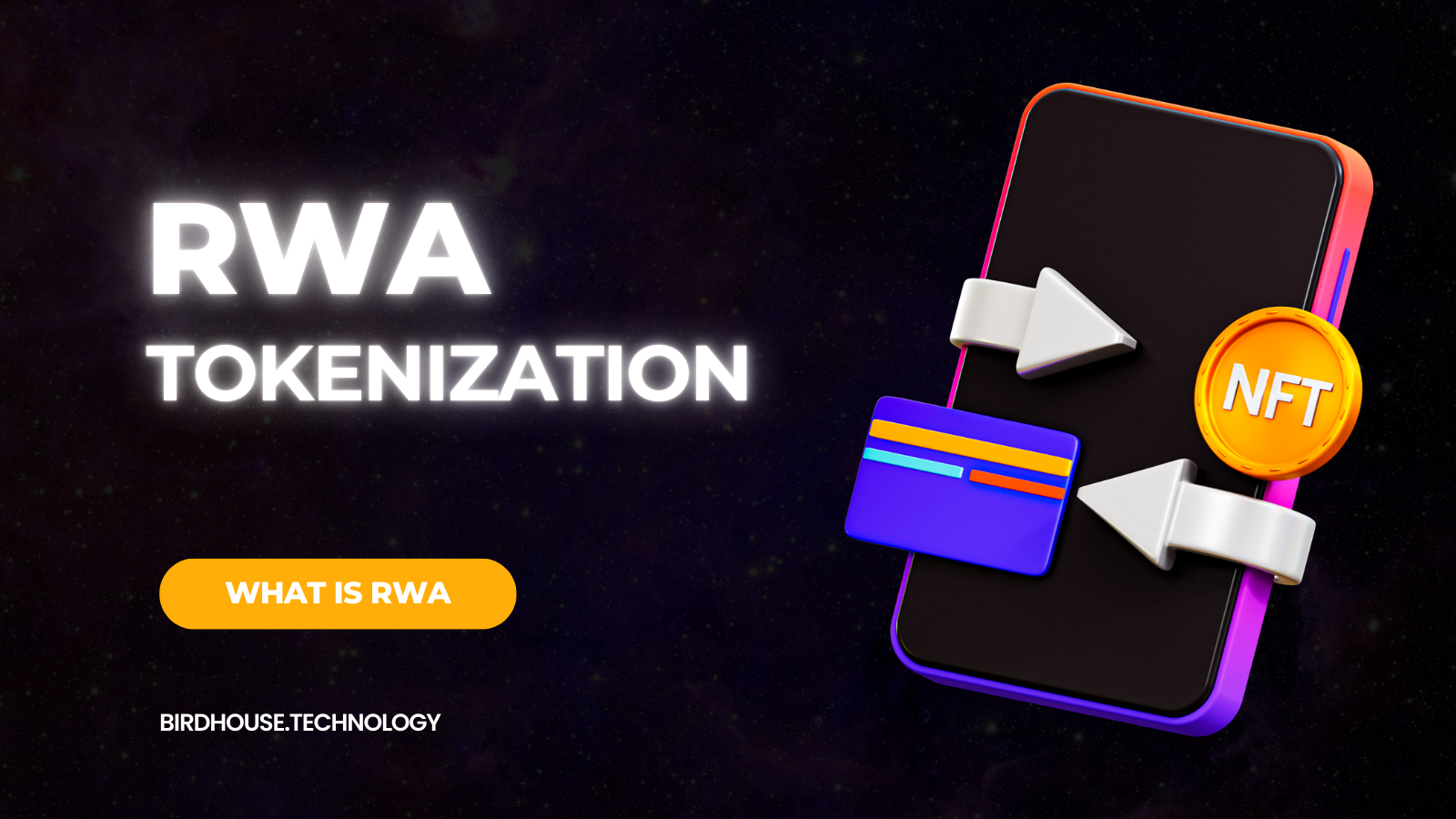The tokenization of real-world assets (RWAs) represents a paradigm shift in how we perceive, manage, and interact with value. It’s a process that bridges the divide between the tangible world of physical assets and the burgeoning realm of blockchain technology, unlocking a wave of innovation and efficiency with the potential to reshape global finance.
What is RWA Tokenization?
At its core, RWA tokenization involves creating digital representations of real-world assets on a blockchain. This digital representation takes the form of a token. This unique and verifiable digital asset embodies ownership rights or other claims to the underlying real-world asset. This asset could be anything tangible or intangible, from real estate and commodities like gold or oil to fine art, intellectual property, and even carbon credits. The key is that the token acts as a digital twin of the asset, allowing for its management and transfer on the blockchain.
How Does it Work?
The tokenization process typically involves several key steps:
- Asset Identification and Valuation: The asset to be tokenized is identified and its value is assessed. This may involve appraisals, audits, or other valuation methods depending on the nature of the asset.
- Legal Structuring: The legal framework for the tokenized asset is established, including defining the rights and obligations associated with the token. This often involves creating a special purpose vehicle (SPV) or other legal entity to hold the underlying asset.
- Token Creation: The tokens representing ownership or other interests in the asset are created on a blockchain platform. This involves defining the token’s characteristics, such as its name, symbol, and total supply.
- Offering and Distribution: The tokens are offered to investors, often through a security token offering (STO) or other fundraising mechanism.
- On-Chain Management: Once the tokens are distributed, they can be traded, transferred, and managed on the blockchain. Smart contracts can automate various aspects of asset management, such as dividend payments or voting rights.
The Benefits of Tokenization: A New World of Possibilities
The advantages of tokenizing RWAs are numerous and far-reaching:
- Enhanced Liquidity: High-value assets, like real estate or fine art, are often illiquid. Tokenization allows fractional ownership, making these assets accessible to a wider range of investors and significantly increasing their liquidity. Imagine owning a fraction of a skyscraper or a famous painting – tokenization makes this a reality.
- Increased Accessibility: Blockchain technology transcends geographical boundaries. Investors from anywhere in the world can participate in offerings and trade tokens, breaking down traditional barriers to entry.
- Transparency and Traceability: The blockchain provides an immutable and auditable record of all transactions and ownership changes. This transparency builds trust among participants and reduces the potential for fraud. Every transaction, every ownership transfer, is permanently and publicly recorded on the blockchain, ensuring accountability.
- Reduced Transactional Friction: Traditional asset transactions often involve complex paperwork, intermediaries, and lengthy settlement periods. Tokenization streamlines these processes through automation. Smart contracts can automate KYC/AML checks, enforce agreements, and facilitate near-instantaneous settlements, significantly reducing costs and time.
- Improved Efficiency: Tokenization can automate many aspects of asset management, reducing administrative overhead and improving efficiency. Smart contracts can handle everything from dividend distributions to voting rights, streamlining operations and reducing the need for intermediaries.
- Fractional Ownership: As mentioned earlier, tokenization enables fractional ownership of assets. This opens up investment opportunities to a wider range of individuals who may not have the capital to invest in whole assets.
The Impact on Different Asset Classes:
The impact of tokenization varies across different asset classes:
- Real Estate: Tokenization can revolutionize the real estate market, making it easier to invest in properties, fractionalize ownership, and streamline transactions.
- Financial Instruments: Tokenizing securities can improve efficiency in trading, clearing, and settlement, while also enabling the creation of new financial products.
- Commodities: Tokenizing commodities like gold or oil can make them more accessible to investors and reduce the costs associated with physical storage and transportation.
- Intellectual Property: Tokenizing IP can simplify the process of licensing and managing rights, while also creating new revenue streams for creators.
- Art and Collectibles: Tokenization can make it easier to invest in art and collectibles, while also providing greater transparency and provenance tracking.
Challenges and Considerations:
While the potential of RWA tokenization is immense, there are also challenges to overcome:
- Regulatory Uncertainty: The regulatory landscape surrounding tokenized securities is still evolving, hence creating uncertainty for issuers and investors.
- Technological Infrastructure: Robust and scalable blockchain infrastructure is essential to support the tokenization of large volumes of assets.
- Market Adoption: Widespread adoption of tokenization requires education and awareness among investors and market participants.
The Future of Finance?
To sum up, the tokenization of real-world assets is more than just a technological innovation; it’s a fundamental shift in how we interact with and manage value. By bridging the gap between the physical and digital worlds, tokenization is unlocking unprecedented levels of liquidity, accessibility, and efficiency. While challenges remain, the potential benefits are undeniable. As the technology matures and regulatory frameworks become clearer, we can expect to see a proliferation of tokenized assets across a wide range of sectors, reshaping the financial landscape and unlocking trillions of dollars in value.
